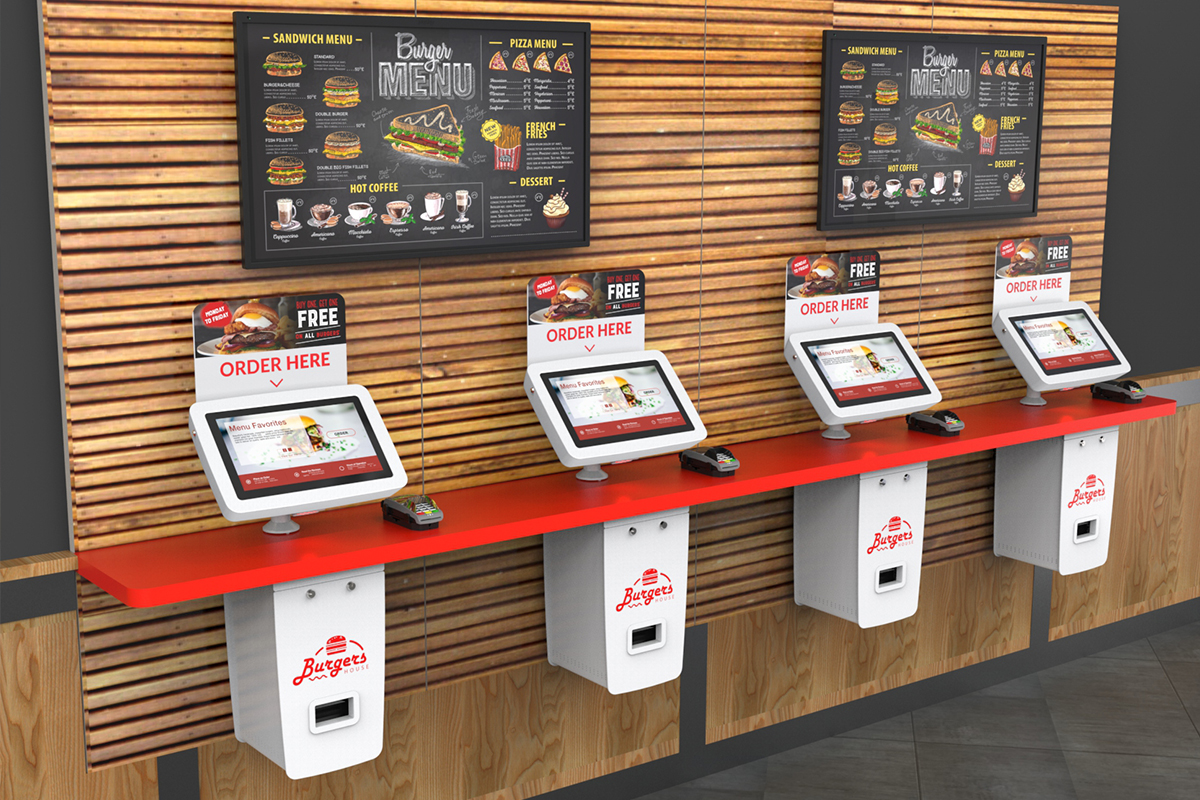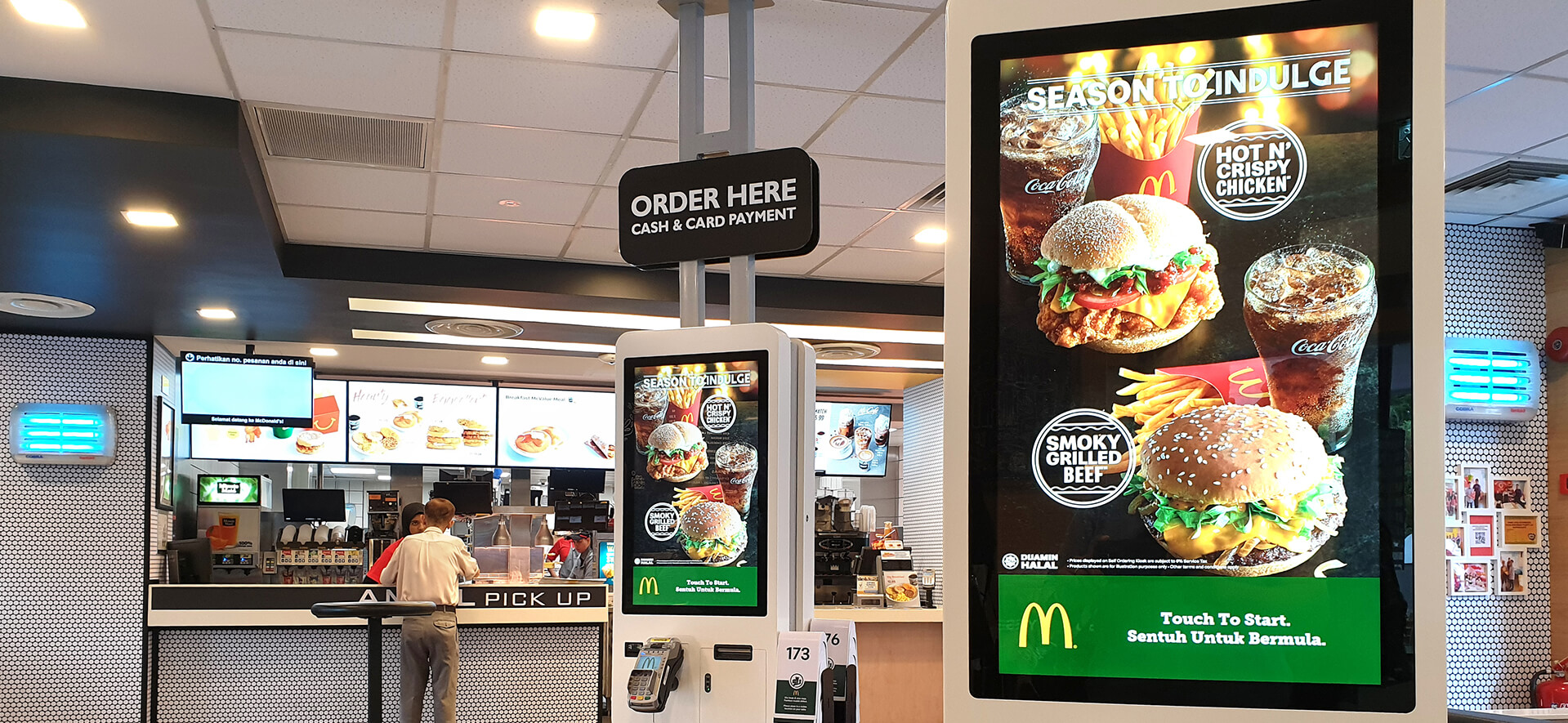In the ever-evolving landscape of dining experiences, restaurants are constantly seeking innovative ways to enhance customer engagement, streamline operations, and boost profitability. One technology that has emerged as a game-changer in the restaurant industry is digital menu boards. As we peer into the future of dining, it's evident that these dynamic displays are poised to revolutionize the way patrons interact with menus and how establishments manage their offerings.

Enhanced Visual Appeal
Traditional static menu boards are limited in their ability to capture attention and convey information effectively. In contrast, restaurant menu boards digital offer a visually captivating platform to showcase menu items with vibrant images, videos, and animations. This enhanced visual appeal not only entices customers but also helps in upselling and cross-selling by highlighting featured dishes, promotions, and combo deals.
Dynamic Content Updates
One of the most significant advantages of digital menu boards is the ease of content updates. Unlike static boards that require manual intervention for every change, digital displays can be updated remotely in real-time. This flexibility enables restaurants to adapt quickly to changes in inventory, pricing, or seasonal offerings, ensuring that the menu is always current and accurate.
Personalized Recommendations
With the integration of data analytics and AI technologies, digital menu boards can offer personalized recommendations based on customer preferences, order history, and trending items. By leveraging customer insights, restaurants can tailor menu suggestions to individual tastes, thereby enhancing the overall dining experience and fostering customer loyalty.

Streamlined Operations
Digital menu boards streamline restaurant operations by reducing reliance on printed materials and minimizing the need for manual updates. This not only saves time and resources but also eliminates the risk of errors associated with outdated menu information. Moreover, centralized control systems allow for seamless management of multiple locations, ensuring consistency across the brand.
Interactive Features
The future of dining is interactive, and digital menu boards play a pivotal role in fostering customer engagement. Interactive features such as touchscreen capabilities enable patrons to browse menu items, customize orders, and even place reservations directly from the display. This interactive experience not only empowers customers but also provides valuable data to restaurants for refining their offerings and marketing strategies.
Integration with POS Systems
Digital menu boards can be seamlessly integrated with point-of-sale (POS) systems to create a unified ordering experience. By synchronizing menu changes with the POS database, restaurants can ensure accuracy in pricing and inventory management. Furthermore, integration with payment gateways facilitates secure transactions, enhancing operational efficiency and customer satisfaction.
Environmental Sustainability
In an era where sustainability is paramount, digital menu boards offer a more eco-friendly alternative to traditional printed menus. By eliminating paper waste and reducing energy consumption through efficient LED technology, restaurants can demonstrate their commitment to environmental stewardship while reaping cost savings in the long run.
As the restaurant industry continues to evolve, digital menu boards are poised to become an indispensable tool for enhancing customer experiences, optimizing operations, and driving business growth. By partnering with Screenage, restaurants can stay ahead of the curve and create memorable dining experiences that keep patrons coming back for more.
Post time: Apr-10-2024





